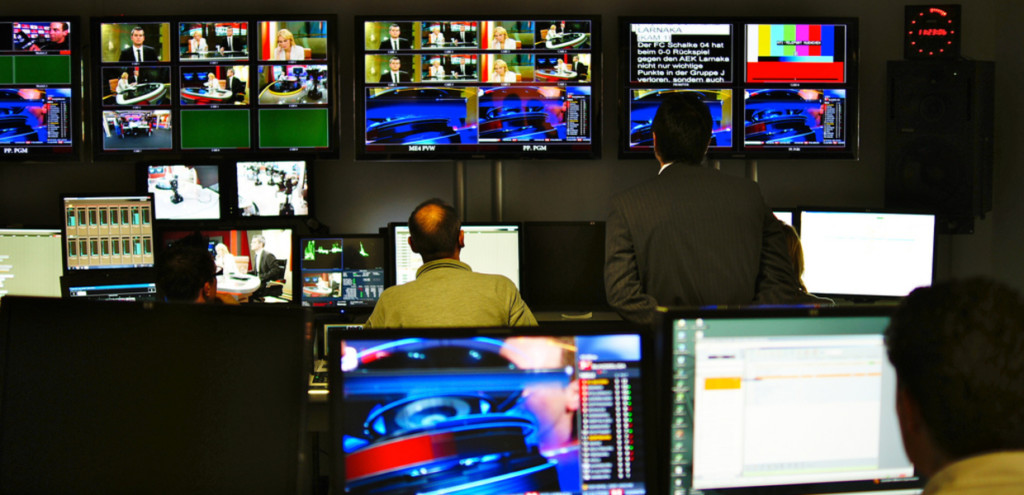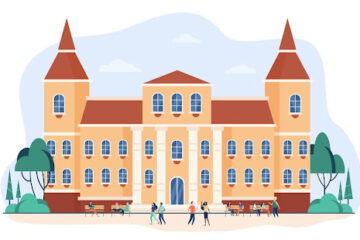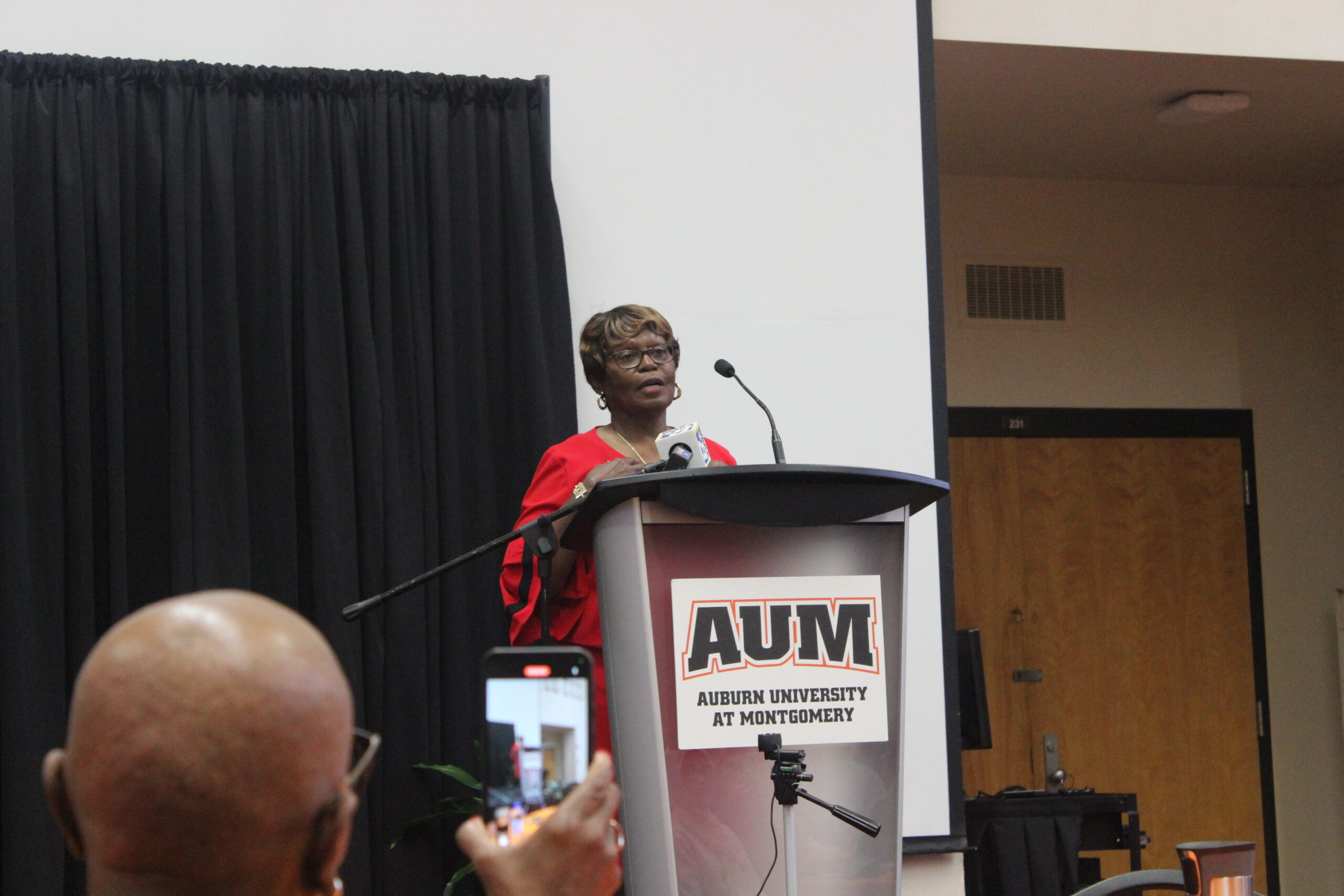In April, students in Larry Moore’s Video Production course had the opportunity to take a tour of Alabama News Network with weather reporter Ryan Stinnett as our tour guide.

Photo by Ryan Stinnett.
The tour started with Ryan explaining the different channels that the station works for, ABC and CBS, and how the work shifts, which are not your typical first, second and third shift. The second shift starts at 2 p.m. and ends at 11 p.m. One thing that caught my attention was the hair and make-up room. I expected to see a lavish vanity area with multiple high-stool chairs, instead it was a small hallway type of room with one big mirror. “Everyone wears make-up, including men, in television,” Stinnett said.
As we went further into the station, I realized that the anchors are extremely efficient with managing their space. Every inch is utilized in the best manner possible. The director’s space was the most interesting thing to see because the equipment used so that viewers can watch television. There were numerous controls and panels in this one room, which stays a cold temperature year-round. Next to the director’s room is the person who switches to commercial. Stinnett explained how imperative it is for this person to stay awake, even though they just sit and watch television throughout their shift until it is time to switch to commercials. Advertising is how the station makes its money, therefore commercials are extremely important.

Photo by Jacqualyn Woods.
After seeing the backstage mechanics, Stinnett took us to view the props that every local news viewer recognizes. We stood behind the news desk as Stinnett answered our questions and informed us about the technical side of the job. The Alabama News Network no longer uses camera operators, instead its cameras are programmed to move in specific directions and angles.
Stinnett then showed us the green screen where he stands in front of to do the weather and even gave us a demonstration of how he reports. “Elissia has to stand on the box,” Stinnett said about his coworker Elissia Wilson, who also reports on the weather. “The box makes us all look the same height on screen.” According to Stinnett, he has to watch what colors he wears because of the green screen. He can’t wear any green, for instance, as this article of clothing will fade into the background.

Photo by Jacqualyn Woods.
Stinnett and his team seemed like a family. They were vibrant and welcoming during the tour and gave us students excellent advice and knowledge about the news world. “Do internships, shadow people,” Stinnett said. “A lot of our producers started out as interns.”
By Jacqualyn Woods




